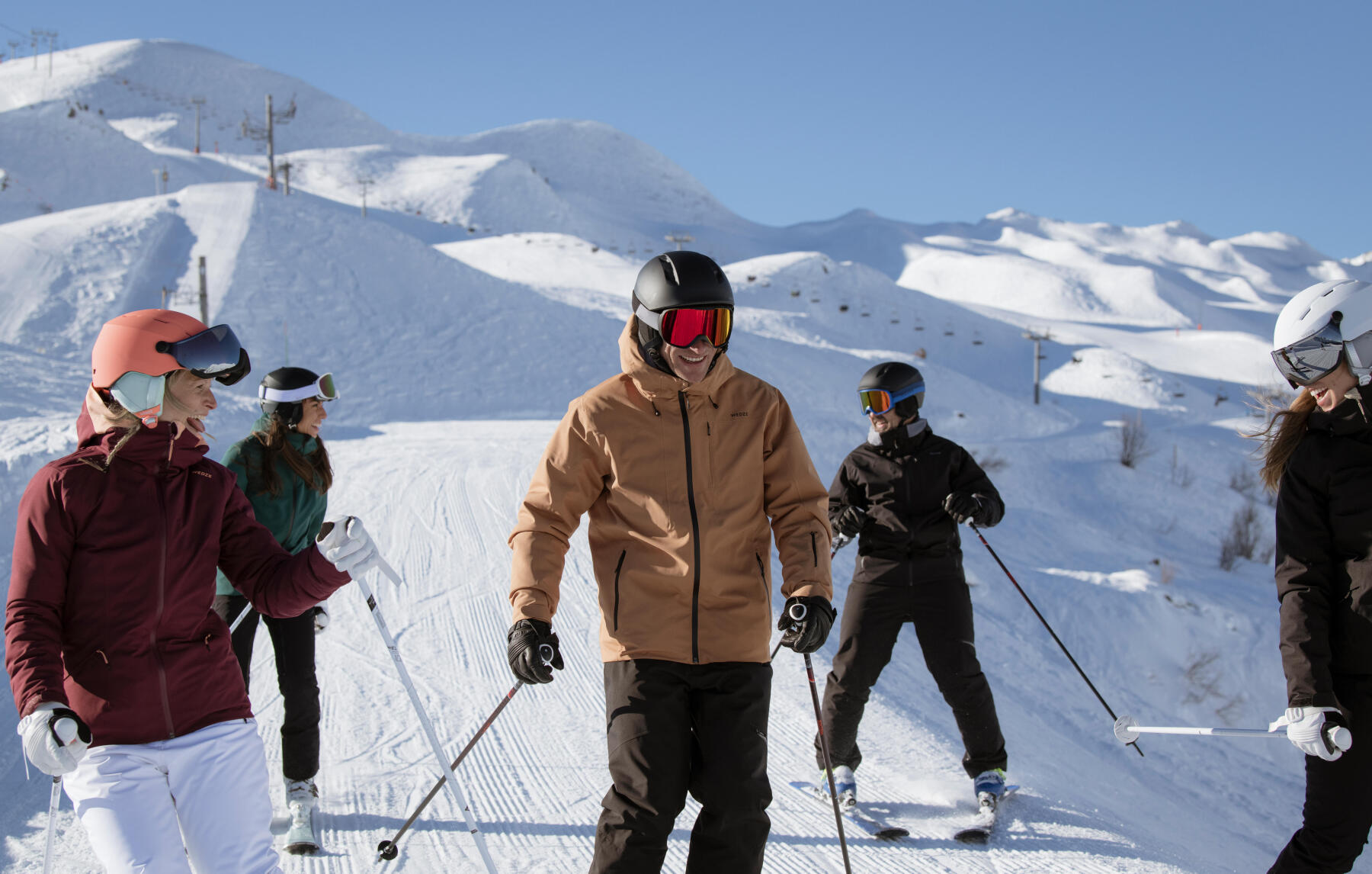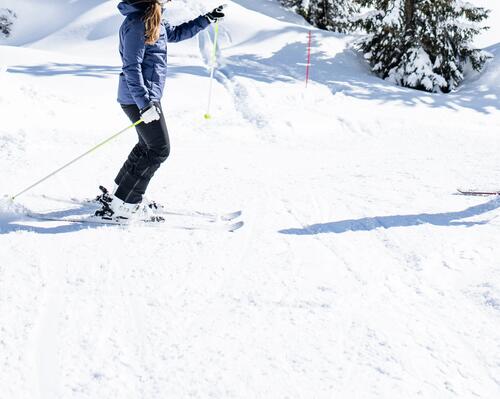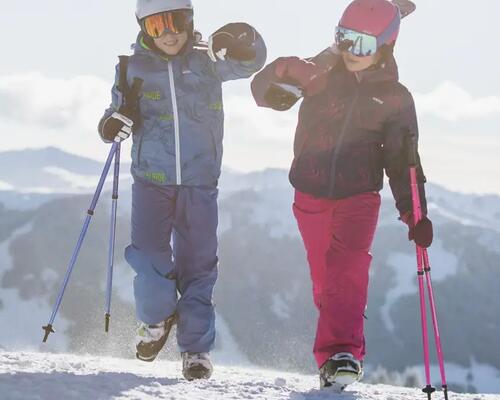Did you know?
When it's cold, your body has less energy and stores it for vital organs, such as the brain or heart. This is why it no longer sends it to the most distant and exposed parts: the extremities… Your hands and feet are the first to feel the cold, especially if your circulation is a little sluggish! From where the saying "warm heart, cold hands" comes from, but this isn’t inevitable.










